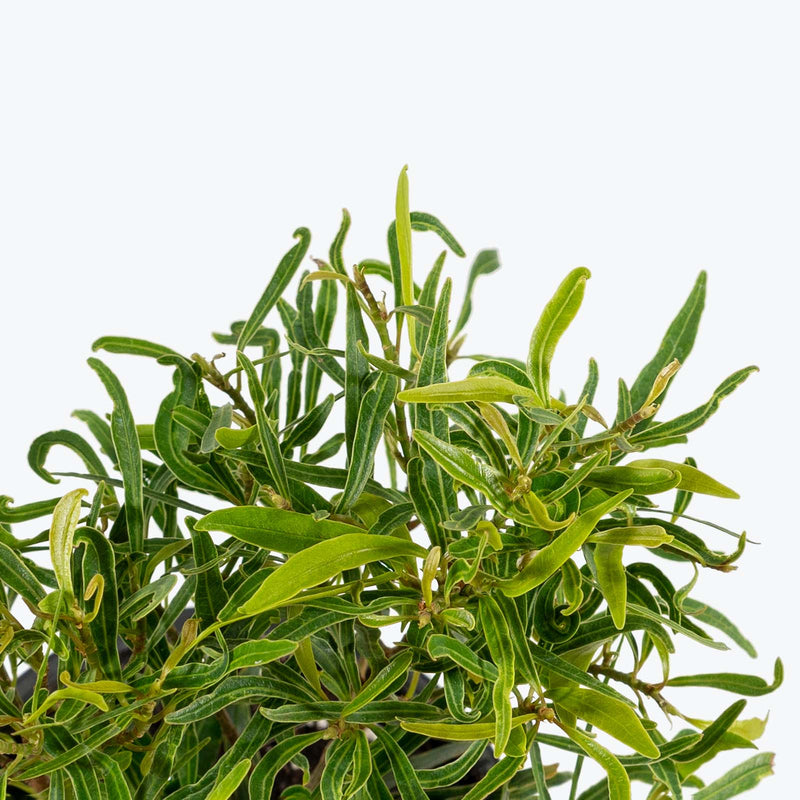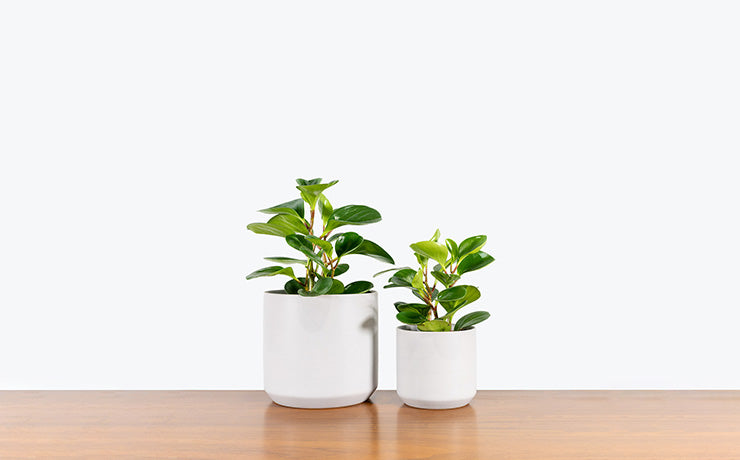Glossary
Plant Care Library
W
Wintergreen Plant

How to care for Wintergreen Plant
Wintergreen Plant should not be in a position to see the sun directly, although early morning or late evening sun is fine. Filtered sunlight through a sheer curtain is best and most homes are comprised primarily of indirect sunlight. The best spot for them is where they do not see the sun during the majority of the day but still get bright, indirect light.
Wintergreen Plant will thrive in medium to bright light, but also can tolerate low light. A good medium-light place in your home would be in the middle of a room that has a regular size window. They can be placed almost anywhere in the room, but remember, plants will grow based on how much light they receive.
Wintergreen Plant needs to be watered when the top half of the soil is dry to the touch. That usually takes about 1 week in an average home environment. It will vary depending on the time of year, your environment and lighting conditions, but it's always safer to underwater or give the soil a check before you water again. Expect to water more often in brighter light and less often in lower light.
Wintergreen Plant will do well in average humidity environments but will appreciate a little bit of humidity if provided, give them a mist daily or get a humidifier.
Wintergreen Plant prefers acidic soil, so consider using a soil mix formulated for acid-loving plants if growing in containers. Mulch around the base of the plant to help retain soil moisture and protect its roots in colder weather when growing outdoors. Fertilize lightly with an acid-formulating fertilizer in the spring to encourage robust growth and flowering. Prune only to remove dead or damaged foliage and to maintain shape.
Wintergreen Plant is moderately toxic and can cause some adverse reactions when ingested so it is best to not let your pets eat it, which we advise for all plants in general. The severity of the reaction will depend on how much of the plant is ingested but, if you know your pet typically does not eat your plants, this plant will be suitable for your home..
View PlantWindmill Palm

How to care for Windmill Palm
Windmill Palm enjoys some direct sun, but they'll also do well in bright, indirect light. It is best to place this plant somewhere where it will receive some nice morning sun, or a couple hours of afternoon sun, and then indirect light for the rest of the day.
Windmill Palm will do best in bright light. A nice bright place inside your home would be on the window sill or a stool that is right next to a window, either with or without blinds, depending on if the plant can handle sun. Remember that plants will grow based on how much light they receive.
Allow the top quarter of the soil to dry before watering Windmill Palm again. This usually takes about 3 - 4 days in an average home environment. It will vary depending on the time of year, your environment and lighting conditions. Expect to water more often in brighter light and less often in lower light.
Windmill Palm can live in any average home humidity condition and are fairly hardy.
Windmill Palms are remarkably low-maintenance. Outdoors, plant in well-drained soil and mulch lightly to retain moisture and protect roots in winter. Indoors, provide a large pot with drainage and rotate regularly to promote even growth. Fertilize in spring and summer with a palm-specific formula to support healthy fronds. While cold-tolerant, extreme wind or snow can damage fronds — wrap loosely in burlap in harsh winters if planted outdoors in colder climates.
You can feel comfortable having Windmill Palm around your home in the potential case where your pet feels like nibbling on it. However, we typically recommend keeping your pets from eating any of your houseplants..
Learn MoreView PlantWillow Leaf Fig

How to care for Willow Leaf Fig
They should not be in a position to see the sun directly, although early morning or late evening sun is fine. Filtered sunlight through a sheer curtain is best and most homes are comprised primarily of indirect sunlight. The best spot for them is where they do not see the sun during the majority of the day but still get bright, indirect light.
They will do best in bright light. A nice bright place inside your home would be on the window sill or a stool that is right next to a window, either with or without blinds, depending on if the plant can handle sun. Remember that plants will grow based on how much light they receive.
They like the soil to stay consistently moist, but not soaking wet. Give them water whenever just the surface of the soil is starting to get dry. Expect to water more often in brighter light and less often in lower light.
They will do well in average humidity environments but will appreciate a little bit of humidity if provided, give them a mist daily or get a humidifier.
Prune your Willow Leaf Fig in the growing season to make it more compact and to encourage more branching. Use pruning shears to cut branches just above a leaf node or where a stem branches. This plant is best located on a windowsill that receives bright indirect light for up to six hours per day. When light levels seem to dip in the winter, using a grow light is an excellent option to keep this plant thriving.
This plant is moderately toxic and can cause some adverse reactions when ingested so it is best to not let your pets eat it, which we advise for all plants in general. The severity of the reaction will depend on how much of the plant is ingested but, if you know your pet typically does not eat your plants, this plant will be suitable for your home..
View Plant



